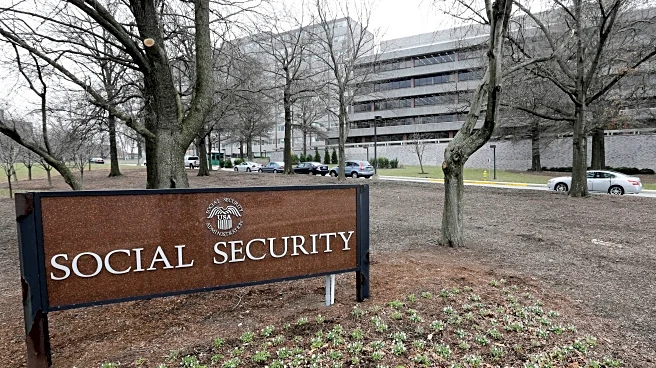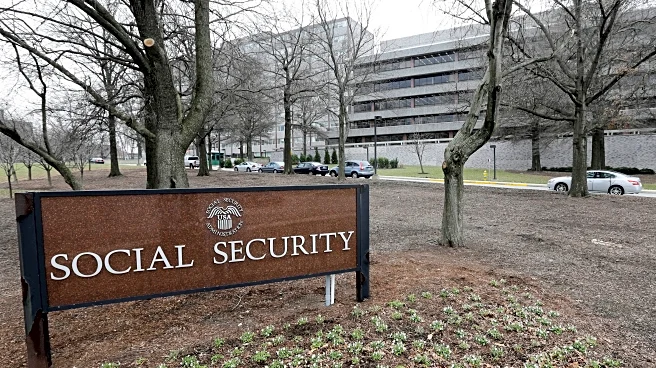What's Happening?
A federal judge has expanded a temporary restraining order to protect more federal employees from reductions in force (RIFs) during the ongoing government shutdown. Judge Susan Illston clarified that the restraining order now includes employees represented
by the National Federation of Federal Employees, the Service Employees International Union, and the National Association of Government Employees. This expansion follows a dispute over which union members were covered by the initial order. The clarification was necessary as some agencies believed the order did not apply to members of collective bargaining units that they had stopped recognizing following President Trump's executive order aimed at ending union representation across the government. The judge emphasized that employees who are members of the plaintiff unions cannot be subjected to RIFs, countering the interpretation by some agencies like the Department of Health and Human Services (HHS) and the Department of the Interior.
Why It's Important?
This development is significant as it affects the job security of numerous federal employees during a government shutdown. The expansion of the restraining order ensures that more employees are protected from layoffs, which could have severe economic consequences for those affected. The decision underscores the ongoing tension between federal agencies and unions regarding employee rights and representation. It also highlights the challenges faced by the government in managing workforce reductions during a shutdown, particularly when legal interpretations of orders are contested. The ruling may set a precedent for how similar disputes are handled in the future, potentially influencing labor relations and union representation within federal agencies.
What's Next?
Federal agencies are required to provide an updated accounting of employees they intended to lay off during the shutdown by noon Eastern Time on Monday. This will include how many employees are now protected by the clarified order. The Justice Department has indicated that complying with this requirement will be challenging due to the shutdown, as it involves coordinating with furloughed staff. The outcome of this process may lead to further legal actions or adjustments in agency plans, depending on the compliance and interpretation of the restraining order. The situation remains dynamic, with potential implications for future government shutdowns and labor relations.














